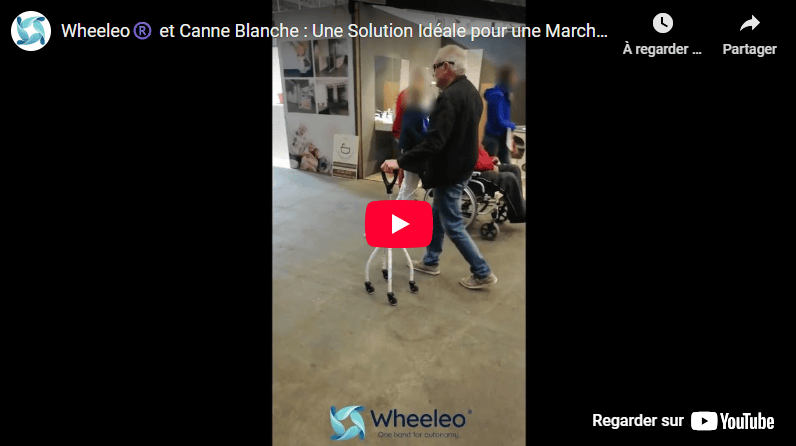
This video highlights the coordination difficulties encountered when a visually impaired person attempts to simultaneously use a white cane and a classic walking cane. A situation that is frequent yet poorly adapted in reality.
Handling a white cane requires continuous attention to scan the environment and detect obstacles. Combining it with a traditional walking cane greatly complicates the task. Indeed, one must:
This dual use requires complex motor coordination that exceeds the capabilities of many people, even after training. The result: disorganized walking, loss of fluidity, and even an increased risk of falling.
The Wheeleo®, a one-handed walker, offers an effective solution to this problem:
This configuration significantly reduces the attentional and motor load, facilitating walking while allowing effective use of the white cane.
While this situation concerns visually impaired people, it also applies to other conditions where dual motor tasks are difficult:
In all these cases, the Wheeleo® allows dissociation of walking from the coordination effort, offering better comfort, greater safety, and an immediate gain in fluidity.
Please fill in this short form so that we can contact you to arrange a test.